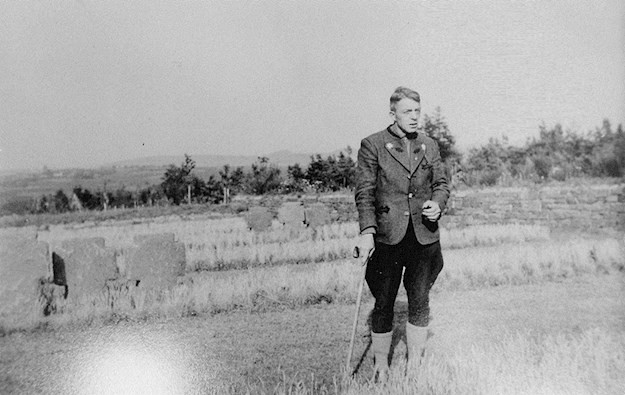It is virtually impossible to separate the history of the German military cemetery in Vossenack from the person Julius Erasmus. During the battle for Aachen, Julius - a German soldier - lost his entire family. A few weeks later he was deployed in the Hürtgen Forest. “I returned to Vossenack in the summer of 1945”, he reported afterwards, “the war had taken everything from me. Then I saw them, lying by the roadsides, on the edge of the woods and under fallen trees. I just wasn’t able to ignore these bodies, unburied and forgotten. They preyed on my mind.” Erasmus decided to give them a respectful grave.
After burying about 120 corpses on the edge of the woods, the local authorities provided him with some space in the public cemetery. Men from the village started helping Erasmus, who became known as the ‘undertaker of Vossenack’. One of them was the local parish priest, Father Eschweiler, who became a close friend, and together they searched the forest. By August 1949, nearly 800 soldiers had been given a final resting place. But Erasmus didn’t stop.
Putting his own life at risk (the woods were riddled with mines!) he salvaged 1569 German bodies from the forest. He collected as much personal data as possible and carpentered simple wooden crosses for every grave. When the Vossenack public cemetery ran out of burial space, the Volksbund Deutsche Kriegsgräberfürsorge established today’s war cemetery on Hill 470, a scene of fierce fighting. Erasmus was employed by the organisation. Being known as somewhat idiosyncratic, he spent his next 15 years living alone in a cottage near the cemetery. Julius Erasmus left Vossenack in the 1960s and died, almost forgotten, in 1971.
